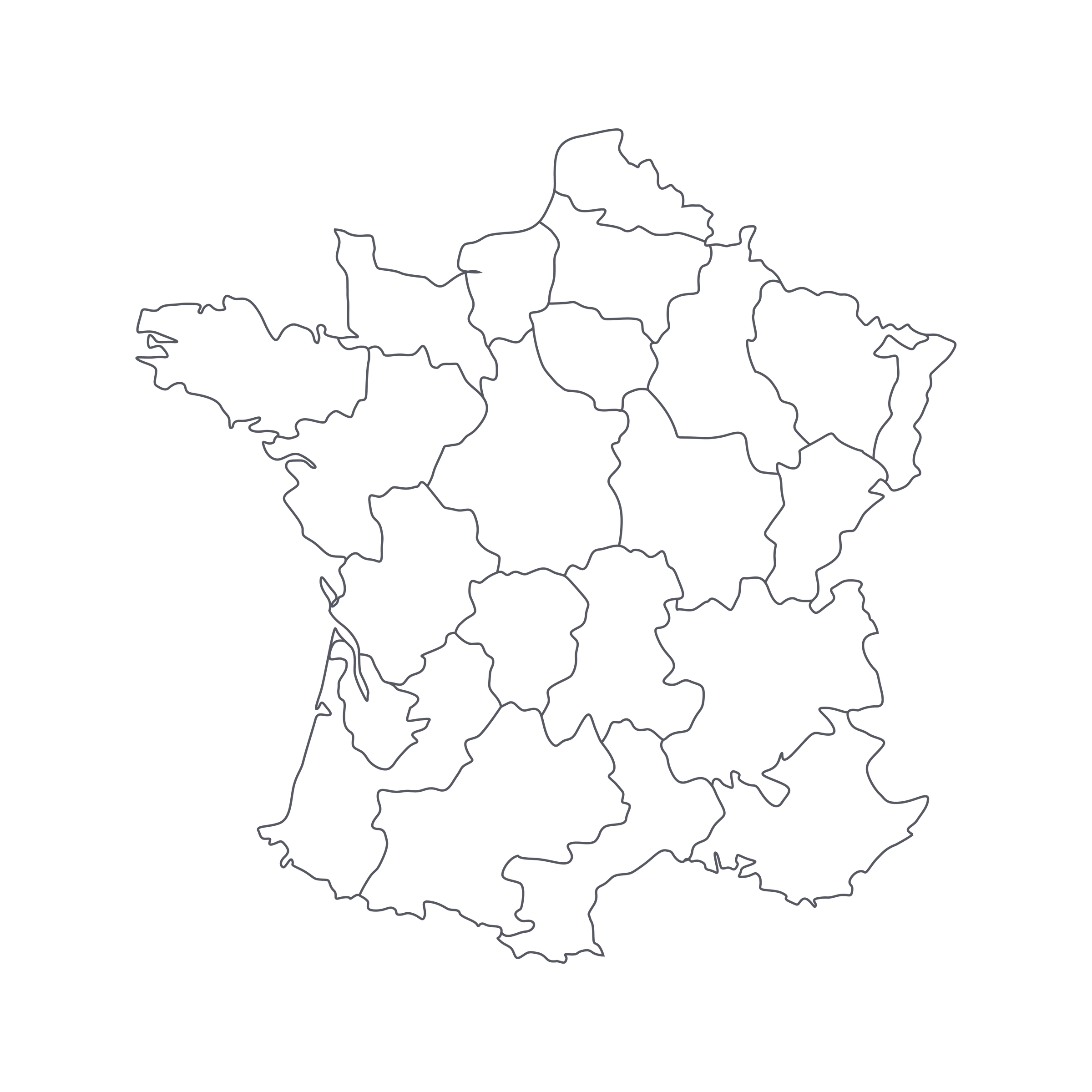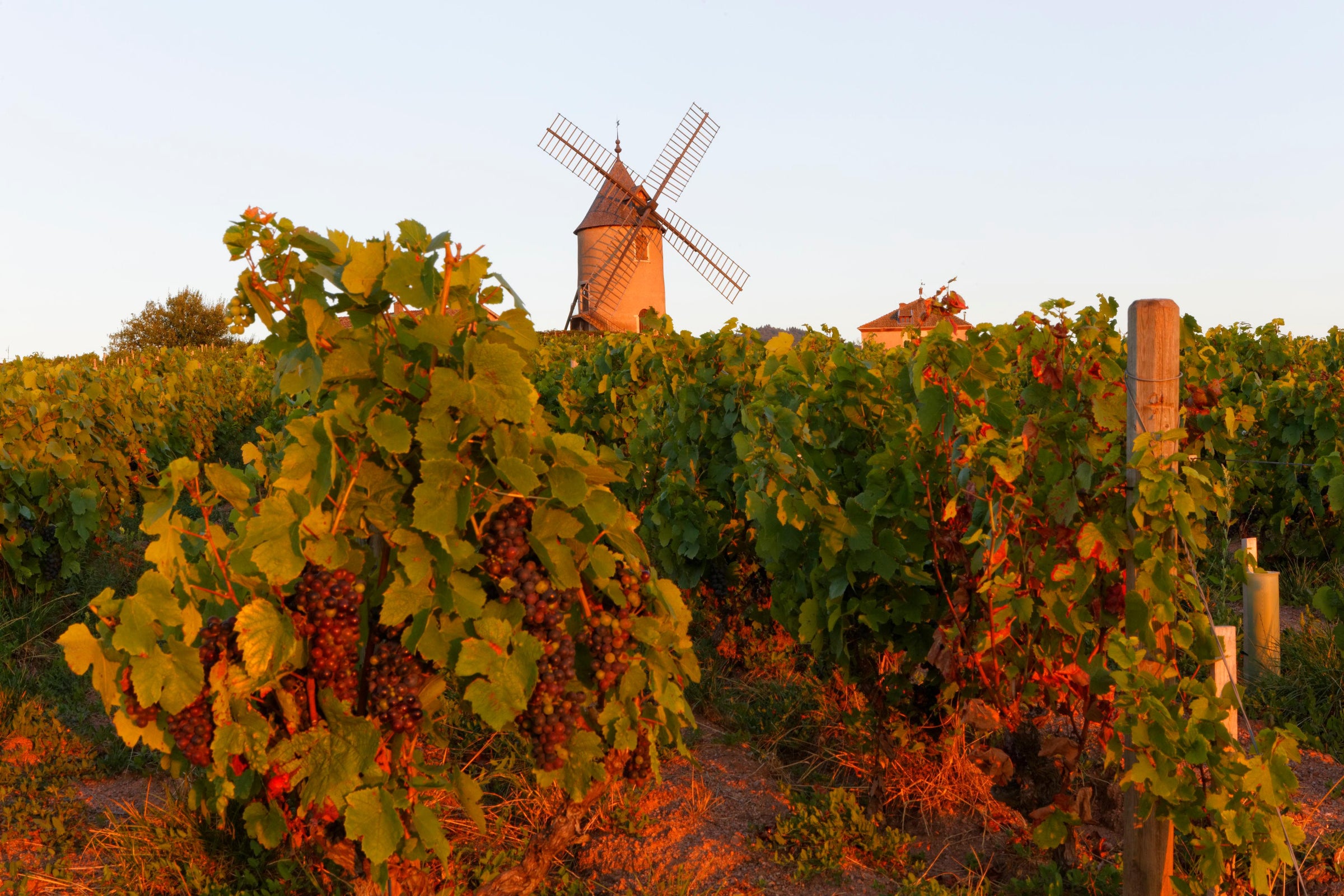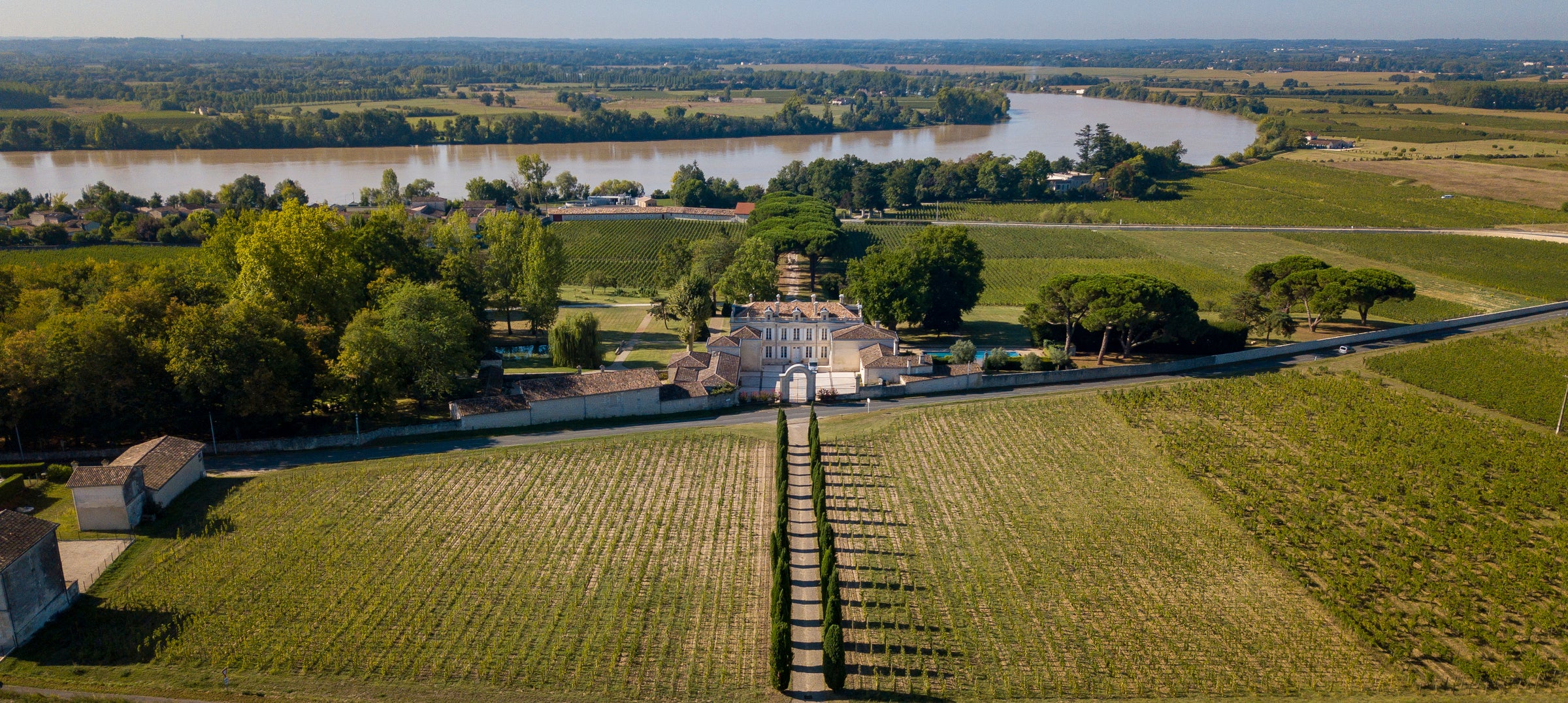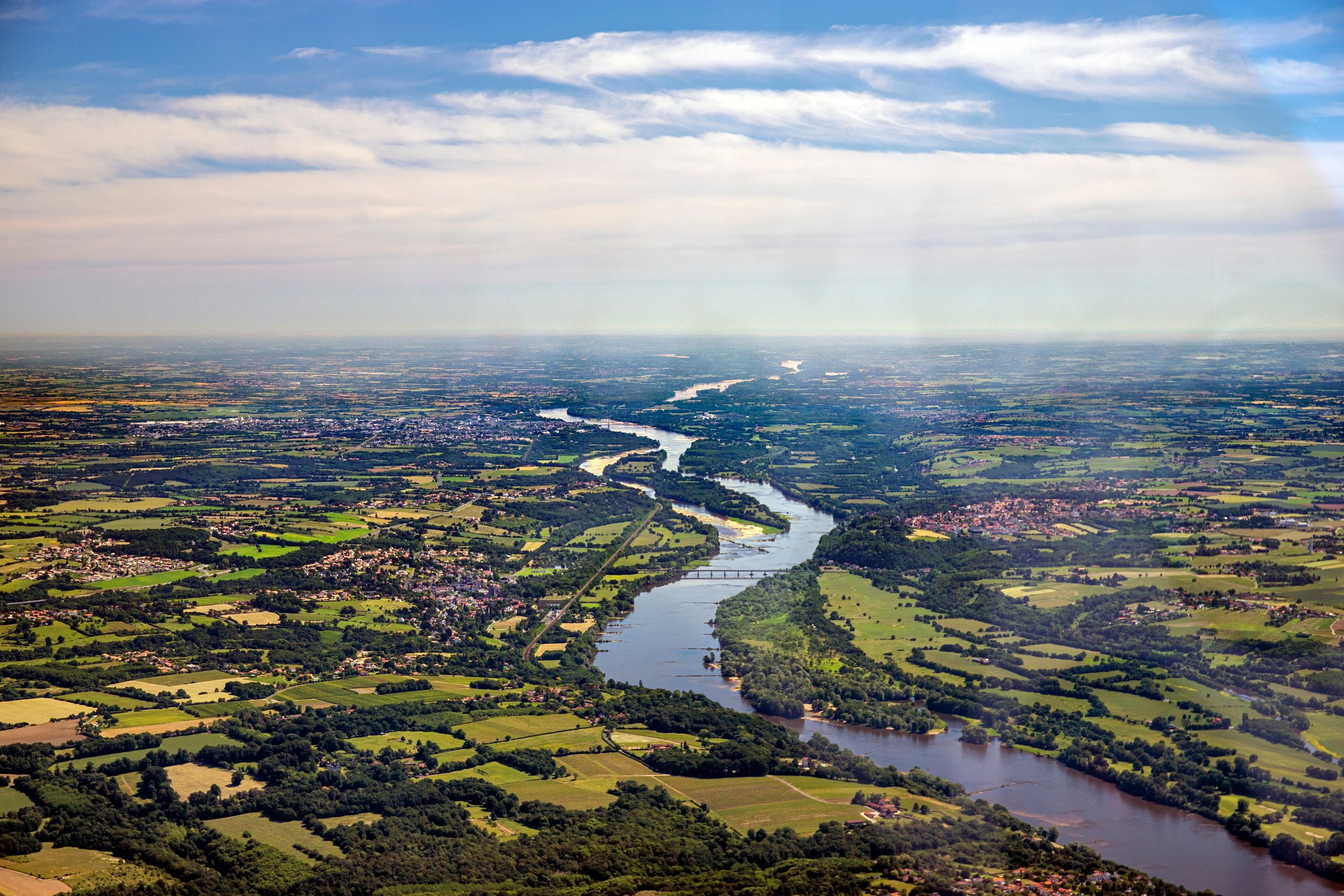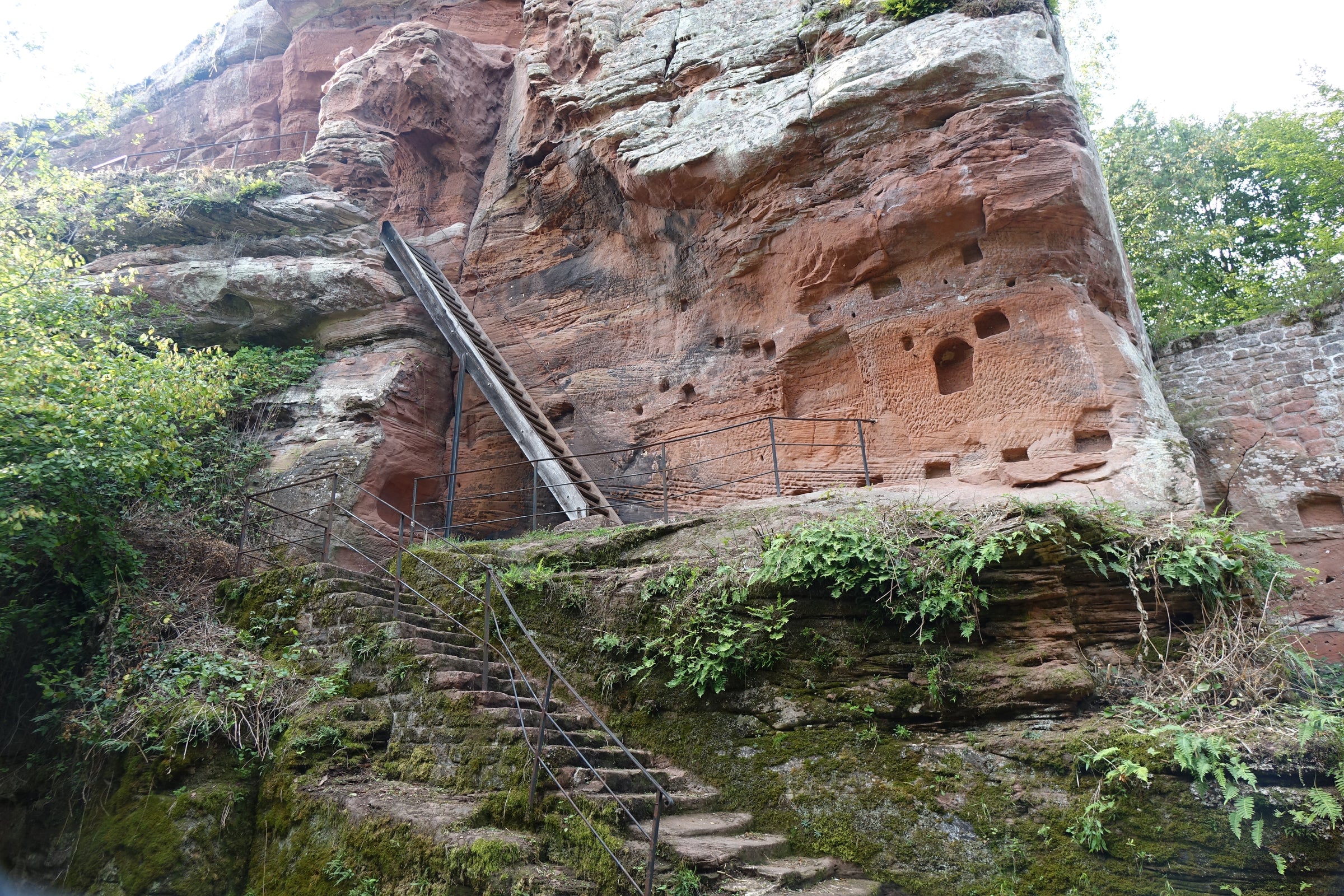Imagine stepping into a cozily lit, subterranean speakeasy in San Francisco or New York that updates its ‘wines by the glass’ by scrawling on a chalkboard—this is the type of atmosphere where you’d find Val Frisons. It’s also where you’ll encounter top industry professionals—from critic to sommelier—and I guarantee each one of them would jump at the opportunity to grab a glass of this.
Why? Valérie Frison only crafts three, super-limited Champagnes, all of which are farmed organically from just a handful of hectares, aged in secondhand Chablis barrels, and bottled Brut Nature (no sugar addition, a.k.a. non-dosé). She’s not the only one making trendy Champagnes, of course. Down in the Aube, Champagne’s southernmost region, Valérie is joined by some hot labels on the market, some of which you may know: Cédric Bouchard, Jacques Lassaigne, Marie-Courtin, Vouette & Sorbée. Now it’s time to make room for Val Frison. Because of its physical and geological closeness to Burgundy, the Aube has bred a culture of vineyard-focused producers making “place-driven” styles of Champagne, and the response has been electric. Today’s non-dosage powerhouse is a spicy, earthy, expressive example of what the Aube is capable of and, thanks to a rabid, if esoteric, sommelier following, it will sell quickly.
Some of the most compelling Champagnes I’ve had recently are from the Aube, and one thing many of them share is a predominance of Pinot Noir. The higher concentration of clay in the Aube tends to favor Pinot Noir, and this ‘Blanc de Noirs’ from Val Frison entirely focuses on this special grape. Today’s tiny-production Champagne is the product of just a few hectares of vines in the Aube (Côte des Bar, specifically), which is closer to Chablis than it is to Épernay.
At one time, the Aube was a relatively anonymous source of grapes to suppliers up north around Épernay and Reims—“a sort of scullery in the elegant house of bubbly,” as the New York Times’ Eric Asimov put it, “essential to the smooth operation of Champagne, but best ignored.” When, in the early 1900s, the Champagne zone was being officially ‘delimited,’ there was a lot of debate as to whether the Aube, which lies southeast of the city of Troyes along the Aube River, should be included. Whereas the soils in ‘northern’ Champagne regions such as the Vallée de la Marne and Montagne de Reims are dominated by chalk from the Cretaceous period, the Aube’s soils contain more clay and marl along with Kimmeridgian limestone (like Chablis) from the Jurassic age. They are subtle differences, to be sure, but that’s what wine is all about, right?
Until 2015, ‘Val Frison’ went by ‘Demarne-Frison’—its name derived from Thierry de Marne and Valérie Frison, who made wine together from vineyards that came from her family. These vineyards, which had been converted to organic viticulture in the early 2000s, totaled just six hectares—although some remained under contract with the local growers’ cooperative. The first commercially available Demarne-Frison wines were released in 2007, with the help of Vouette & Sorbée’s iconic Bertrand Gautherot, but, in 2013, Thierry and Valérie split and the estate was later renamed ‘Val Frison.’ Valérie’s Blanc de Noirs is a pure Pinot Noir selected from just three of her organic vineyards and after hand harvesting the fruit for this bottle (which is entirely from the 2014 vintage), an all-natural fermentation occurred in secondhand Chablis barrels. The wine wasn’t bottled until July of the following year, where it underwent its secondary fermentation. After 19 months of aging, it was disgorged and a cork was placed without fining, filtering, or any addition of sugar—‘Brut Nature.’ For the curious: “2014” isn't displayed on the front label because a vintage Champagne must age a minimum 36 months on its lees.
“Goustan” is Valérie’s flagship wine and, in the glass, this tempting Champagne shows a pale straw-yellow with coppery, onion skin reflections while lazy bubbles slowly work their way up. It sports a supple and spicy nose, with red apple skin, white mushroom, Rainier cherry, blackcurrant, crushed stones, red flowers, white pepper, and subdued notes of baking spice. This is a perfect case study of how important and influential ripe fruit can be: The palate is rich yet mellow, a substantial mouthful of wine full of both delicious red fruits and crushed rock minerality. You will definitely pick up pomegranate, apple, and cherry notes typical of a Blanc de Noirs, but what really take center stage is its building minerality. I’d advise leaving this wine in an open-mouthed flute or large, all-purpose glass to reveal its true terroir character while enjoying next to a butternut squash ravioli with spinach pesto—this is one of those vinous Champagnes that should be enjoyed with food! If you like the mature characteristics that develop with bottle age, feel free to track Val Frison’s evolution over the next decade. Otherwise, no need to wait—open and enjoy now!


